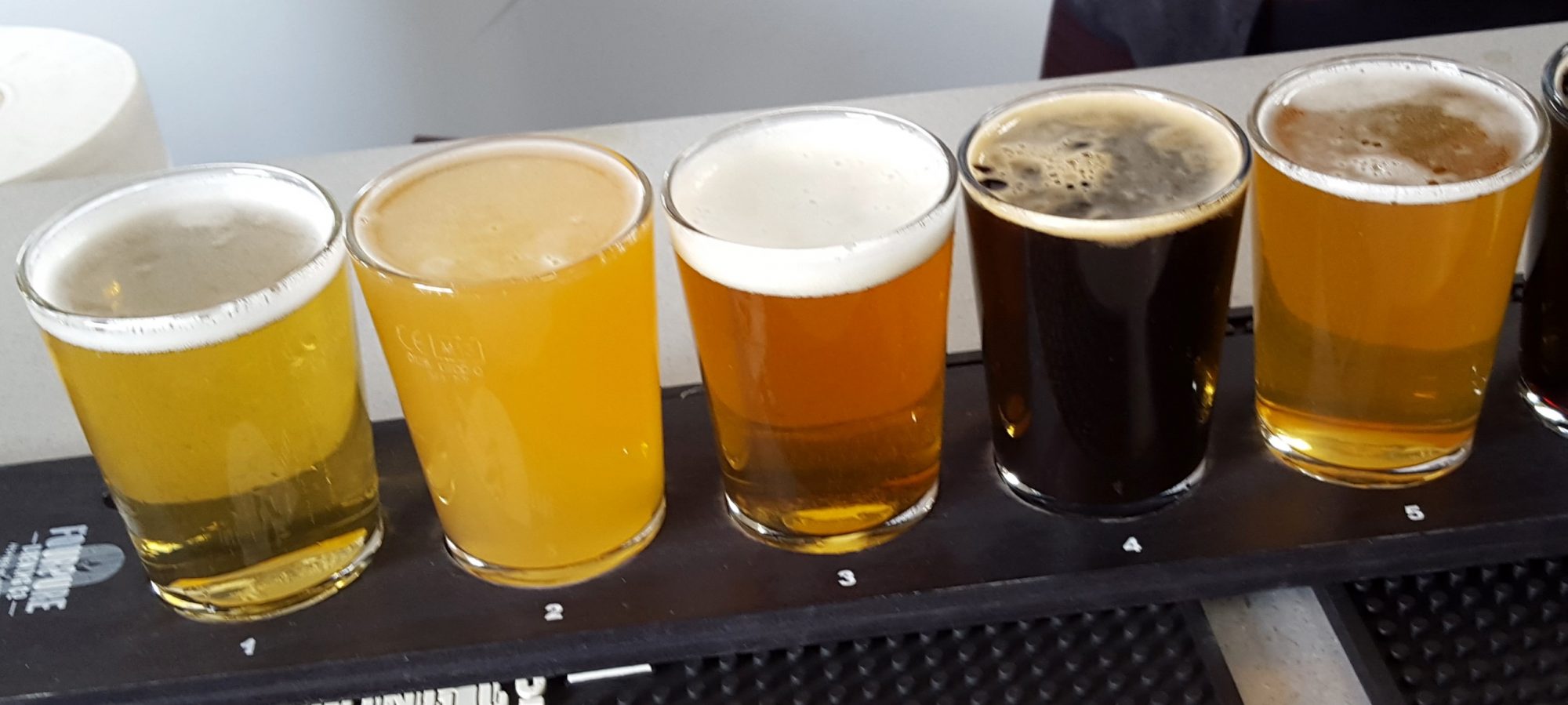I’m spending so much time in and around ‘That Big Place’ at the end of the railway line that I’ve even bought the last couple of editions of ‘Time Out’ — possibly regressing about 15 years when I used to have it delivered every week and used it for the TV listings (now I use the cheaper ‘Radio Times’).
This edition was worth buying as it lists their Top 20 London Bars and Pubs (note the word order, it says a lot about these metropolitan types). The article is really a puff for the new edition of their bar and pub guide book, which has 500 of them in.
But it’s interesting to see which pubs Time Out picked as worthy of inclusion in their top 20. Here are a few with my own observations.
One is the Rake near Borough Market. This is really just a place that people visit for curiosity value — an old greasy spoon building with a patio bigger than a drinking area — is it really a pub at all? It has quite a lot of interesting ‘world beers’ and a couple of real ales that people apparently rate highly — but on the couple of occasions I’ve been then they’ve not been out of this world.
The Old Brewery in Greenwich is Meantime Brewery’s pub. It’s the wrong side of London to me and I’ve always had mixed feelings about Meantime. I read an interview with someone involved with them who suggested they liked to export their beers to the US because Americans had better palates than the British and appreciated their beers more. I also view their packaging and labelling as ludicrously pretentious (and lazy — one label on a bottle I bought said the beer should be ‘refridgerated’) — and they’re expensive. Yet Meantime still have the CAMRA politburo purring over their supposed quality and championing of ‘lost’ beer styles. Maybe I’ll go there and see for myself.
The Sloaney Pony in Parson’s Green gets in there (White Horse) fairly predictably — along with a mention of the nectar of Thornbridge Jaipur IPA — any pub in London that sells this lovely beer is automatically in my Top 20.
Also included is the Charles Lamb in Islington — it’s a sort of trendy-ish gastro place by all accounts near Angel but I’d like to go there as it’s in the GBG 2010 (I think). Highest placed pub, and another I’d like to visit, is a place called Draft House in SW11 which apparently does 17 ‘unusual’ draft beers (not all of these are real ale, though). I took a look at the website and it’s suitably pretentious for the area (Battersea) but the beer list looks pretty good — and they do some interesting selections of thirds of pints.

